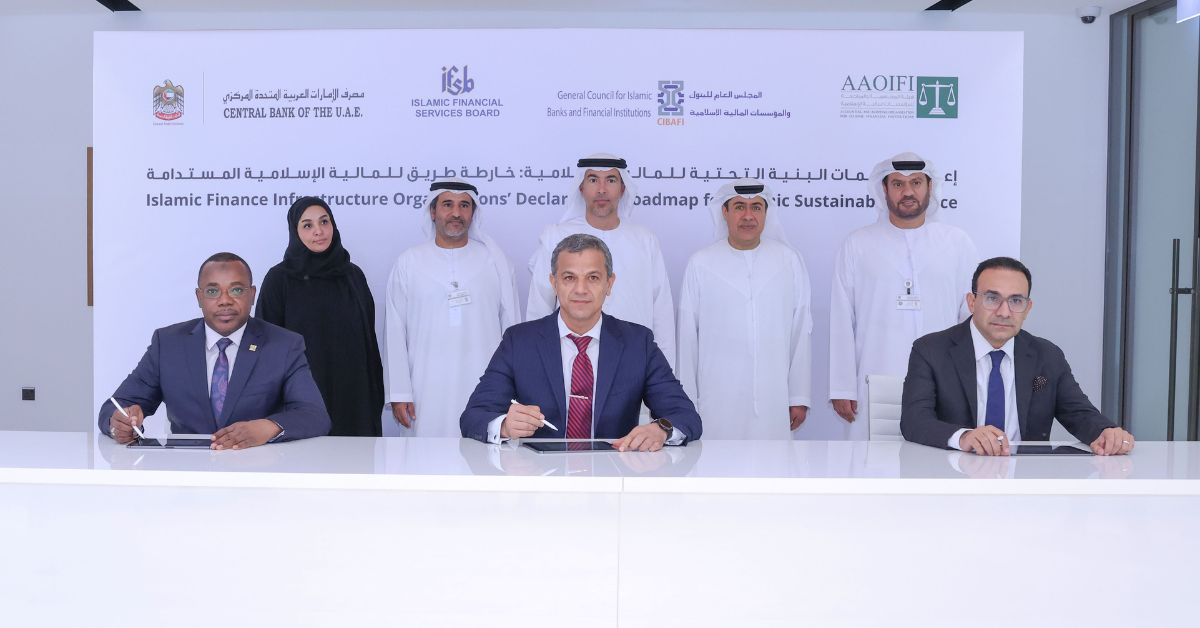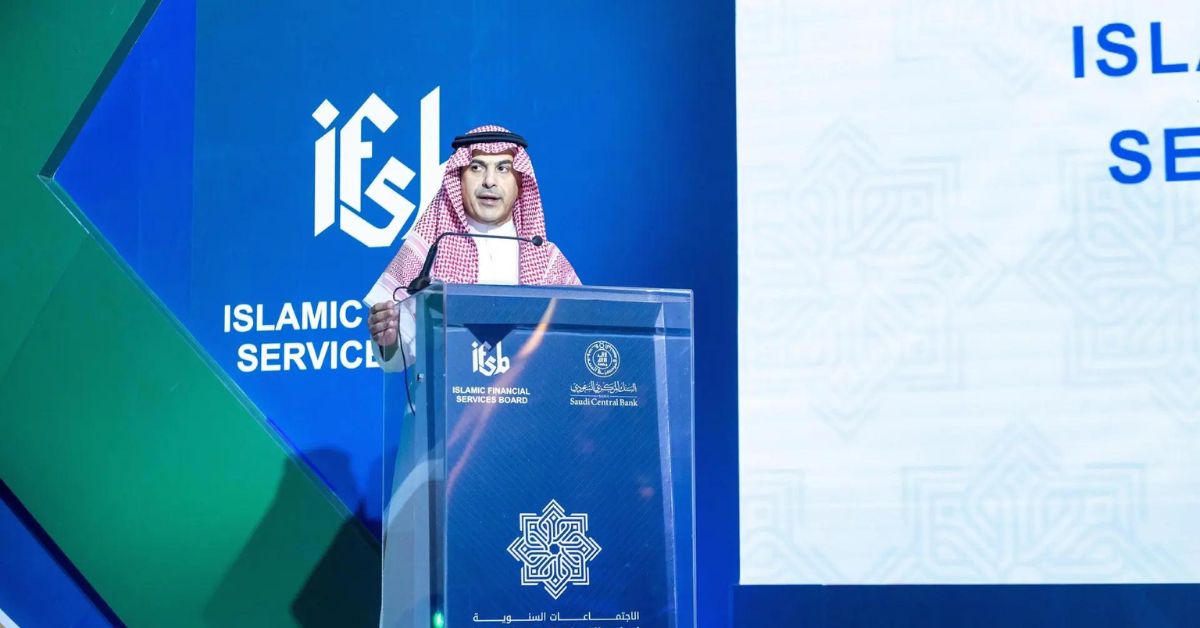DUBAI – Islamic banking accounts for a substantial 70 percent of Islamic finance assets, according to a report by Red Mad Robot.
The report highlights that the industry has experienced rapid growth, with assets increasing from US$1.8 trillion to US$2.8 trillion in just four years—a remarkable 55 percent increase.
Forecasts indicate further expansion, with the sector expected to reach US$4 trillion by 2026.
GCC and MENA countries contribute the most to global Islamic finance assets, accounting for over 70 percent. Iranian, Saudi, Malaysian, South African, and Qatari assets in Islamic finance are among the highest in the world.
AT A Glance * Islamic banking represents 70% of Islamic finance assets. * Industry growth: Assets rose from $1.8 trillion to $2.8 trillion in four years (55% increase). * Forecasted sector growth to $4 trillion by 2026. * GCC and MENA countries are major contributors, with over 70% of global Islamic finance assets. * Iran and Saudi Arabia control nearly half of the world's Islamic finance assets. * Expansion in non-traditional markets like Russia, Canada, the USA, the Maldives, Nigeria, and Tajikistan. * Significant role of GCC countries, particularly Saudi Arabia, in Islamic banking development. * Malaysia has the largest share of total assets in Islamic banks. * Demand drivers: Muslim population growth, digitalization of Islamic economy, and increasing consumption of halal products. * Digitalization is a key future trend; global Islamic fintech market projected to reach $179 billion by 2026. * Leading Islamic fintech markets are Saudi Arabia, Iran, Türkiye, UAE, Malaysia, and Indonesia.
Islamic banking is overseen and certified by the government in nations with a Muslim majority. In terms of Islamic banking evolution, the GCC nations are undoubtedly leaders. Their share of the world’s Islamic banking assets is 43 percent, second only to other MENA countries at 40 percent.
Iran (37 percent) and Saudi Arabia (22 percent) control just under half of the world’s Islamic finance assets (59 percent).
Notably, the sector’s expansion is evident in countries not traditionally associated with Islamic banking. This expansion could indicate the emergence of new markets and the plateauing of established ones; notable growth is seen in Russia (183 percent), Canada (146 percent), the United States (138 percent), the Maldives (121 percent), Nigeria (101 percent), and Tajikistan (84 percent).
GCC countries, especially Saudi Arabia, have been instrumental in developing Islamic banking. The world’s largest Islamic banks in Malaysia, Indonesia, Bangladesh, and Bahrain underscore the global impact of this financial model.
Malaysia, in particular, boasts the largest share of total assets among Islamic banks.
The demand for Islamic banking is driven by factors such as the growth of the Muslim population, the digitization of the Islamic economy, and the increasing global consumption of halal products. On the supply side, national strategies, government regulations, and enhanced trade within the Organisation of Islamic Cooperation (OIC) are crucial.
Digitalization shapes the sector
Looking ahead, the future of Islamic finance is closely linked to digitalization. Fintech companies, leading in adopting new technologies, are setting new standards for financial interactions and driving the development of the Islamic financial system.
Red Mad Robot forecasts that the global Islamic fintech market, valued at US$79 billion in 2021, is projected to grow at an average rate of 18 percent annually, reaching US$179 billion by 2026.
Saudi Arabia, Iran, Türkiye, UAE, Malaysia, and Indonesia are emerging as the largest fintech markets. Indonesia leads in the number of Islamic fintechs, with 61 companies (20 percent), followed by the UK (45 companies) and the UAE (42 companies).
Islamic banking principles aim to promote ethical and socially responsible financial practices. As the industry gains traction, it is transforming the global economic landscape with its unique approach.

At the heart of Islamic banking are principles that encourage economic justice and ethical behavior. These include prohibiting interest on loans, speculation, uncertainty, and financing activities that violate Sharia principles.
Fundamental concepts such as riba (usury), maysir (gambling), gharar (uncertainty), and haram (prohibited activities) serve as benchmarks, guiding financial institutions in their operations.
Diverse products and key players
Islamic finance offers a variety of products, each adhering to Sharia principles. These include Murabaha, Ijarah, Musharakah, Sukuk, Tawarruq, Mudarabah, Wadiah, and Zakat. The industry’s leading players, with significant assets, are concentrated in the GCC, MENA, and Southeast Asian countries, including Iran, Saudi Arabia, Malaysia, South Africa, and Qatar.
Malaysia, Saudi Arabia, Indonesia, Bahrain, and Kuwait are pioneers in developing Islamic banking.
To sum it up, Islamic finance is not just a financial system; it’s a growing force shaping the global economy. With its ethical foundations, rapid growth, and embrace of digital innovation, Islamic finance is positioning itself as a transformative influence in the financial world.

